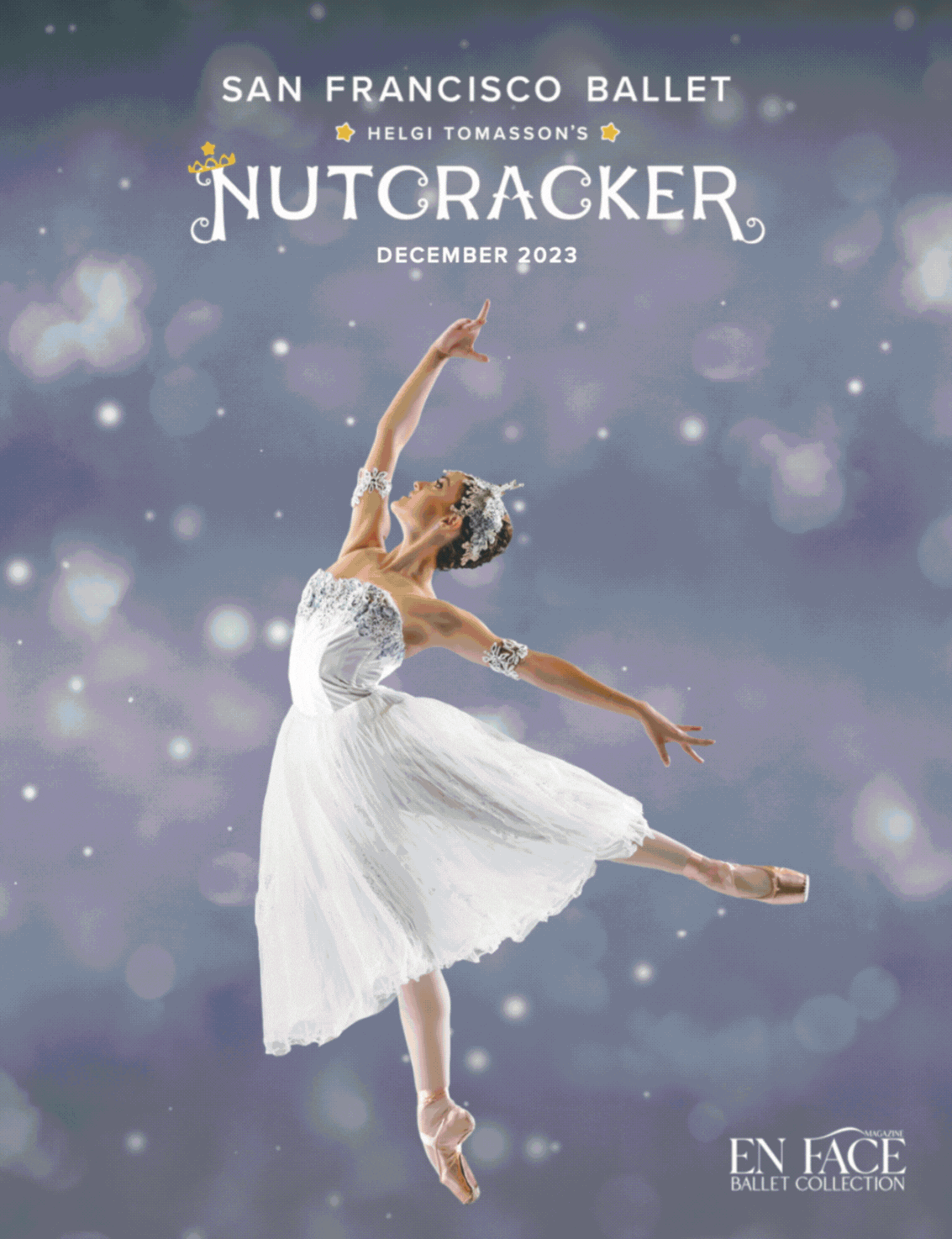Stay connected to the magic of the Pacific Northwest Ballet, no matter where you are. Our exclusive subscription brings the beauty of the stage to your doorstep, ensuring you never miss a moment of this world-renowned company’s artistry and storytelling.
With this subscription, you’ll receive every in-theatre performance magazine for the 2025–2026 season, mailed directly to your home the week the show opens. Each magazine is a collector’s piece, filled with stunning photography, insider interviews, program notes, and behind-the-scenes stories that deepen your connection to the performances.
Perfect for ballet enthusiasts, former attendees, or those who simply want to experience the joy and elegance of the Pacific Northwest Ballet from afar. Immerse yourself in the artistry of the season, one beautifully curated issue at a time.

• Every performance magazine for the full 2025–2026 season.
• Delivered to your home the week the show opens.
• Exclusive content that connects you to the performers, productions, and the world of ballet.
• A perfect gift for ballet lovers and cultural aficionados.
Bring the enchantment of Pacific Northwest Ballet into your home—subscribe today!








